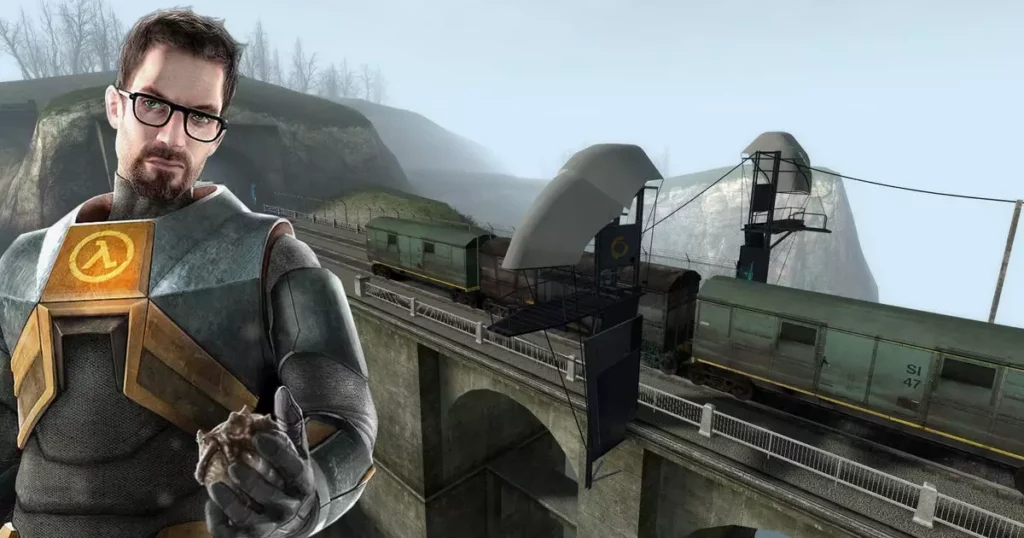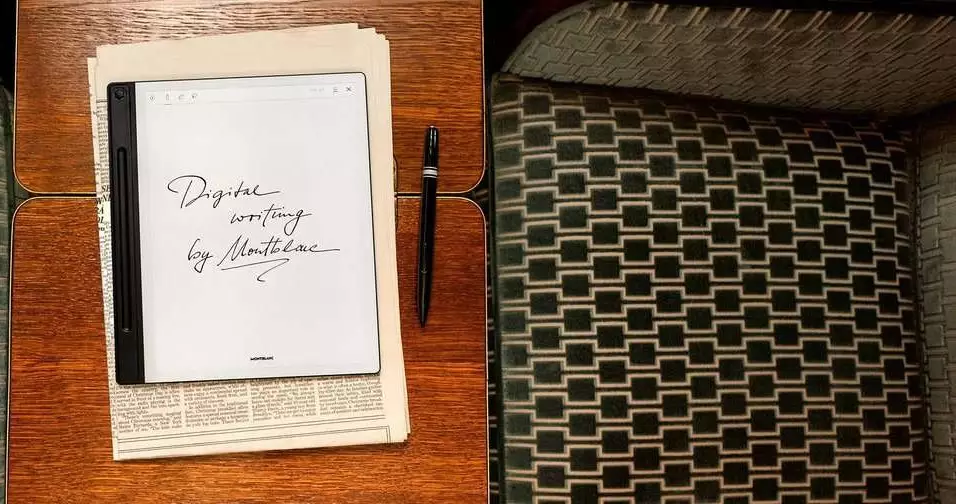In the ever-evolving landscape of video game preservation, the focus often gravitates toward blockbuster updates, revolutionary features, or aesthetic overhauls. However, the modest tweaks—such as adjusting a train’s speed or fixing collision issues—possess an underestimated potency. They serve as subtle yet profound statements about a developer’s commitment to legacy, authenticity, and player respect. When Valve reintroduced the original speed of the train in Half-Life 2’s “Highway 17” chapter, it was not merely a correction of code but a declaration that the essence of classic gaming authenticity still matters. Such a change challenges the narrative that older games are static artifacts; instead, they are living entities that benefit from ongoing stewardship.
This shift signifies more than just technical rectification. It symbolizes a deliberate effort to preserve the challenge and spirit of the original experience. The prior physics overhaul, which slowed down the train chase through the 2007 update, inadvertently altered the game’s rhythm, shifting focus from skill to patience. Now, by restoring the original speed, Valve subtly reasserts the importance of player mastery over passage, emphasizing that gameplay is a delicate balance of challenge and fairness. These seemingly minor adjustments resonate because they address core perceptions about what constitutes the “authentic” experience. They acknowledge that even small numerical tweaks can dramatically influence player engagement, revealing a nuanced understanding that a game’s soul is embedded in its details.
The Philosophy of Preservation and Respect for Player Experience
Valve’s approach reveals an admirable respect for their community’s history with Half-Life 2. These updates transcend mere bug fixes; they are acts of preservation, demonstrating that game developers perspective as custodians rather than mere creators. This ethos aligns with a belief that games are not static commodities but cultural artifacts that grow richer through careful curation. While some might see these updates as trivial or unnecessary, they serve as reminders that gaming is as much about memory and nostalgia as it is about innovation.
The game’s cultural significance mandates an ongoing dialogue between the developers’ original design intentions and contemporary expectations. Valve’s nuanced modifications strike a fine balance: they correct oversights and refine gameplay without compromising the core challenge or aesthetic. These are acts of silent craftsmanship—like an artisan fine-tuning a vintage instrument—aiming to preserve the integrity of the experience across decades. Far from erasing the game’s history, these tweaks reinforce its authenticity, allowing long-time fans to revisit familiar challenges with renewed clarity while inviting newcomers to encounter the game as it was intended.
Such ongoing stewardship underscores a central truth about classic titles: they are evolving entities. The community’s expectations evolve, but so must the game’s design fidelity if its legacy is to remain meaningful. When developers commit to maintaining the delicate balance of challenge and fairness, even in the smallest of ways, they foster a deeper appreciation for the artistry of game design. These adjustments, although minor in scope, carry weight because they articulate respect—respect for the craft, for the players, and for the cultural history of gaming.
The Subtle Art of Craftsmanship in Video Game Updates
What makes Valve’s recent intervention particularly compelling is its reflection of meticulous craftsmanship. This isn’t about flashy upgrades or new content; it’s about silent, often unnoticed, refinements that ensure the game remains true to its original heart. Adjusting a collision box or tuning a speed parameter may seem insignificant, but these modifications recalibrate gameplay dynamics, providing a more authentic encounter. Such attention to detail demonstrates that good art often resides in restraint; it asks us to value the minute, the overlooked, and the subtle.
This mindset aligns with a broader philosophical stance: that the value of a work of art—whether a game, a painting, or a piece of music—lies not solely in innovation but in its reverence for what came before. In this context, care manifests as an act of love for the original game, a recognition that even after twenty years, it still has worth. More importantly, it shows that gaming culture is not just about immediate gratification or technological prowess but about stewardship, memory, and ongoing dialogue between creators and players.
The metaphor of a “caretaker” looms large here. Such a figure, whether real or imagined, embodies the ideal of a dedicated guardian, monitoring and subtly fine-tuning a piece of work long after it leaves the production line. This role may be decentralized across a community of passionate enthusiasts and modders, but Valve’s own philosophy exemplifies that mindset. Games become living histories, capable of adapting without losing their core identity—maintaining relevance in a landscape that often favors the new over the nostalgic.
Beyond Nostalgia: A Statement About Gaming’s Future
In a broader sense, these minor refinements challenge the prevailing notion that influence and innovation require revolutionary leaps. Instead, they show that respecting the foundational layers of a game can be equally revolutionary. It’s a reminder that the core of a great game is rooted in the subtleties, the quiet opportunities for mastery, and the faithfulness to original design principles. Developers who understand this are not simply preserving legacy; they are shaping the future of gaming as a craft rooted in authenticity and craftsmanship.
This perspective implies that the future of classic games depends on a nuanced understanding of these subtleties. Challenges should not be softened or made trivial; they should be preserved as genuine tests of skill. Fixing a collision bug or restoring original speed without sacrificing the integrity of the design reflects a maturity that more developers should emulate. It advocates for a middle ground—where innovation does not erase history but amplifies its significance.
Game preservation is, after all, about more than nostalgia; it is a conscious act of cultural stewardship. Valve’s ongoing commitment to refining Half-Life 2 exemplifies this principle in practice. These small but meaningful adjustments serve as a testament that the true power of a game lies not solely in its mechanics but in the respect and care infused into every element—no matter how minor they seem.









Leave a Reply